Name Franz Schmidt | ||
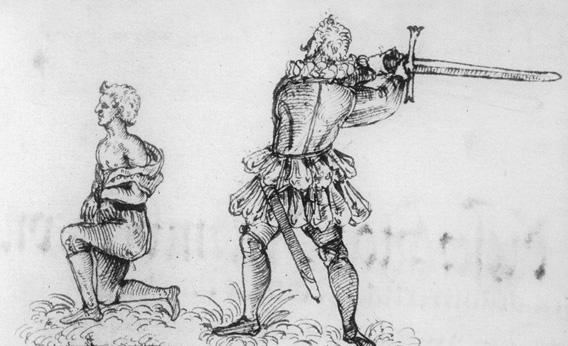 | ||
Similar Jan Mydlář, Jack Ketch, Giovanni Battista Bugatti | ||
Franz Schmidt (1555 – 1634), also known as Meister Franz, was an executioner in Hof from 1573 to April 1578, and from 1 May 1578 till the end of 1617 executioner of Nuremberg. He left a diary in which he detailed the 361 executions he performed during his 45 years in office.
Contents
- The Life of a Renaissance Executioner Franz Schmidt
- Personal and professional life
- Social position of an executioner
- Significance of diary
- References
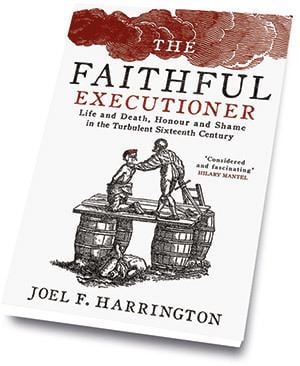
The Life of a Renaissance Executioner - Franz Schmidt
Personal and professional life
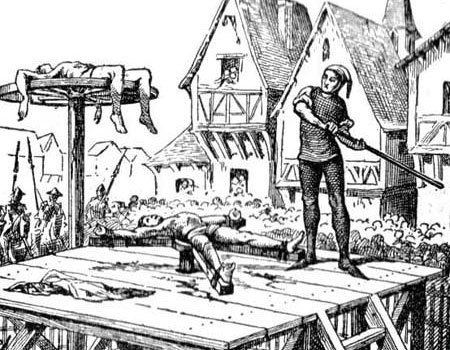
Franz Schmidt's father, Heinrich, was originally a woodsman in the north-eastern Bavarian town Hof. Once, when the notoriously tyrannical margrave of Brandenburg-Kulmbach, Albrecht II (r. 1527–1553), wanted three men hanged, he picked out Heinrich from the crowd and forced him to perform the execution, after which he had no option but to continue in the profession of executioner.

Franz Schmidt was probably born in 1555, and was about 18 years old when he became executioner under his father's supervision in Bamberg in 1573. Five years later, in 1578, he secured the post as executioner in Nürnberg. He married the chief executioner's daughter Maria, and eventually became chief executioner after his father-in-law. He fathered seven children, and his salary, on par with the city's wealthiest jurists, allowed him to have a spacious residence in Nürnberg. After his retirement in 1617, he began a new, lucrative career as medical consultant. He was given a state funeral in 1634, in Nürnberg's most prominent cemetery, just a few paces away from the graves of famous individuals like Albrecht Dürer and Hans Sachs.

Throughout his career as an executioner, Franz Schmidt also had a side job as a Healer. According to Joel Harrington who authored an account of his life, Schmidt's own estimate of patients seeking medical advice amounted to some 15,000 consultations.
Social position of an executioner
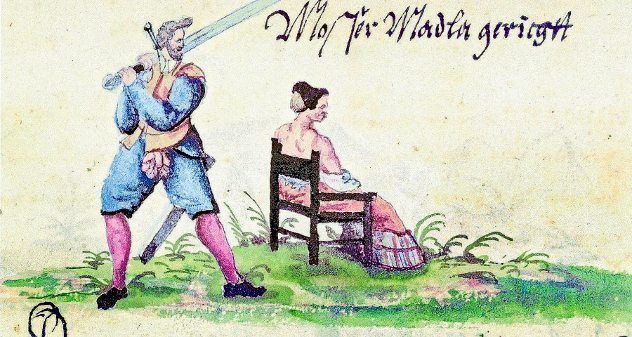
The societal position of the professional executioner was ambiguous, as Harrington explains
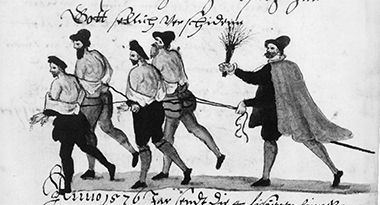
Legally empowered to torture, maim, and kill suspected or convicted criminals, the professional executioner is one of the more evocative and charged symbols of pre-modern Europe's otherness. An ubiquitous and integral part of the European social fabric well into the modern era, these human "weapons of justice" were simultaneously viewed with suspicion and disdain by the very communities they served, formally marginalized as members of the "dishonourable trades", a delimited menagerie that included slaughterhouse workers and gravediggers. And yet "Meister Franz", as he was popularly, endearingly known, remained a revered member of the local establishment, widely respected for his piety and steadfastness.
Furthermore,
Schmidt's life, in virtually every aspect, had been a great social success, although the dishonourable nature of his profession consistently precluded his open participation in patrician and craftsmen circles alike, placing him and his family in a unique kind of social limbo.
Significance of diary
His journal of punishments executed by him has survived and contains accounts of 361 executions and 345 minor punishments (floggings and ear or finger amputations). The individual entries contain date, place, and method of execution, name, origin, and station in life of the condemned and – in later years more verbose than in the earlier ones – details of the crimes on which the sentence was based.
Schmidt executed criminals by rope, sword, breaking wheel, burning, and drowning. The wheel was reserved for severely violent criminals. Burnings (for homosexual intercourse and counterfeiting money) occurred only twice in his whole career, and drowning – prescribed by the Carolina for a woman committing infanticide – was commuted regularly in the Nuremberg of Schmidt’s time into execution by sword, partly upon the intervention of Schmidt and some clergy.
Schmidt's journal is unique as a source of social history and history of law. The autograph no longer exists, but – according to the preface of a modern edition – libraries at Nuremberg and Bamberg owned, as late as 1913, four handwritten copies made between the 17th and the start of the 19th century. The first printed edition appeared in 1801.
